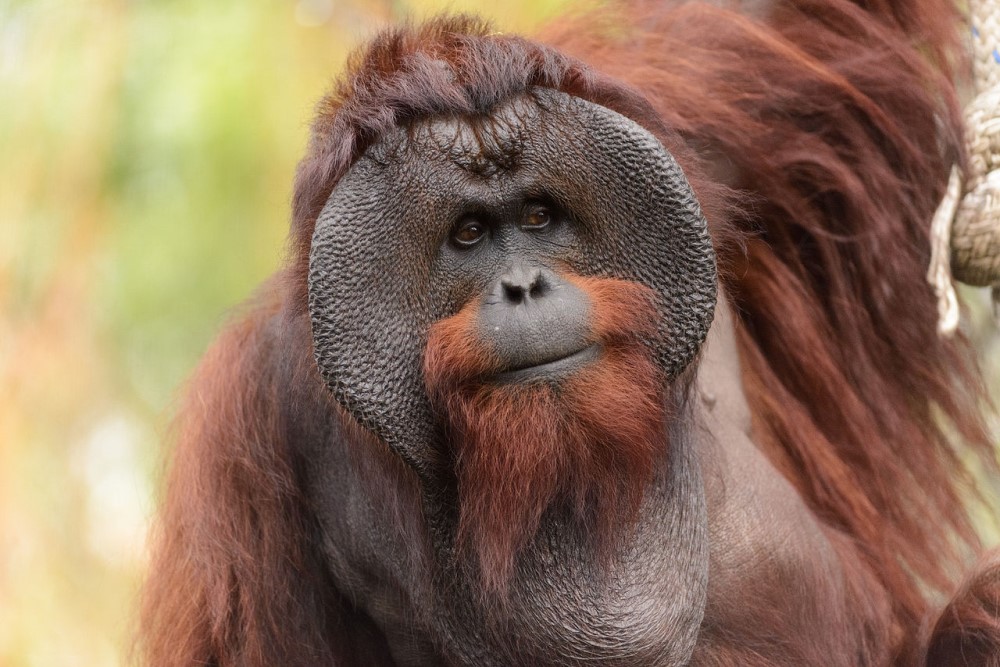
Six ape genomes sequenced telomere-to-telomere
On Apr. 9, 2025, an international, multi-institutional team of researchers announced that comprehensive reference genomes have now been assembled for six ape species: siamang (a Southeast Asian gibbon), Sumatran orangutan, Bornean orangutan, gorilla, bonobo and chimpanzee. Areas of their genomes previously inaccessible because of structural complexity have now mostly been resolved.
The resource is already lending itself to comparative studies that offer new insights into human and ape evolution, and into what underlies the functional differences among these species. A report on how the telomere-to-telomere ape genome references were developed, and what scientists are learning from it, appears in the April 9 edition of Nature. Telomere refers to the cap found at the two opposite ends of a chromosome.
The scientists on this project estimate that each of the recent genome assemblies is more than 99% resolved, including the most difficult bits. The researchers also constructed a 10-way pangenome – a method to organize a group of genome assemblies – to compare all six ape genomes plus four human genomes. It is accompanied by an interspecies graph.
The latest findings, for instance, reveal some genetic distinctions among humans and apes in such areas as the immune system, longevity and brain development. This knowledge may have biomedical relevance in fields like aging, speech acquisition, neuropsychiatry and immunology.
Human-like apes split off from chimps about 5.5 to 6.3 million years ago. Chimps, along with bonobos, are our nearest living primate relatives. It is widely reported that chimps and humans share 99% of their genomes, but in-depth comparisons point to subtle nuances. These might help explain why chimps and humans aren’t more alike. The genomes of the two species don’t quite align, particularly in certain regions
African apes, our next closest kin on the primate ancestral tree, diverged about 10.6 to 10.9 million years ago, and orangutans some 18.2 to 19.6 million years ago.
While they believe that the ape genome samples are almost fully complete, the scientists said that there is still work to be done, including filling in a few of the last remaining complex gaps. Additionally, about 15 species and subspecies of apes remain to have their genomes sequenced and added to the reference resource.
Tags:
Source: University of Washington
Credit:
